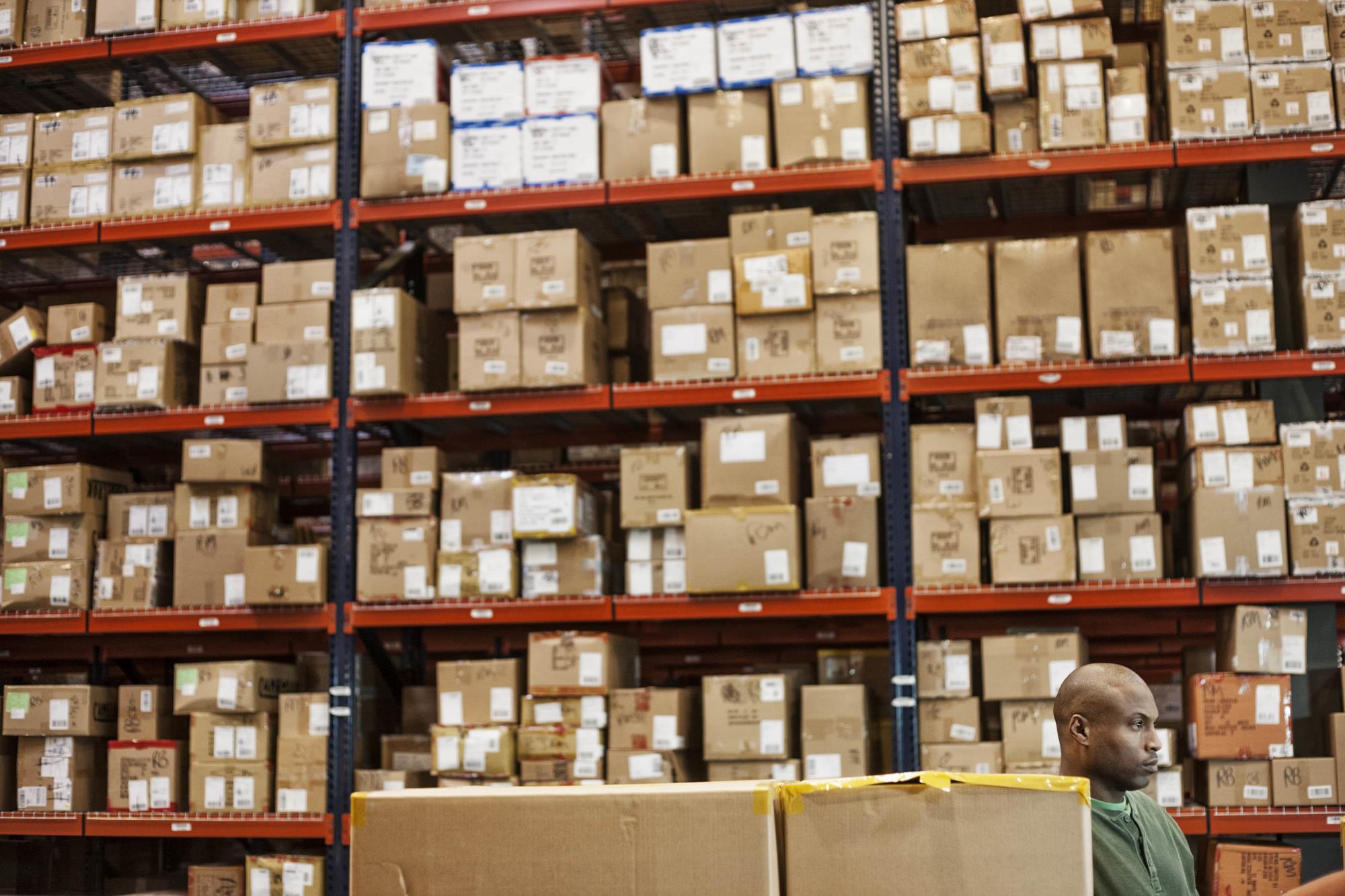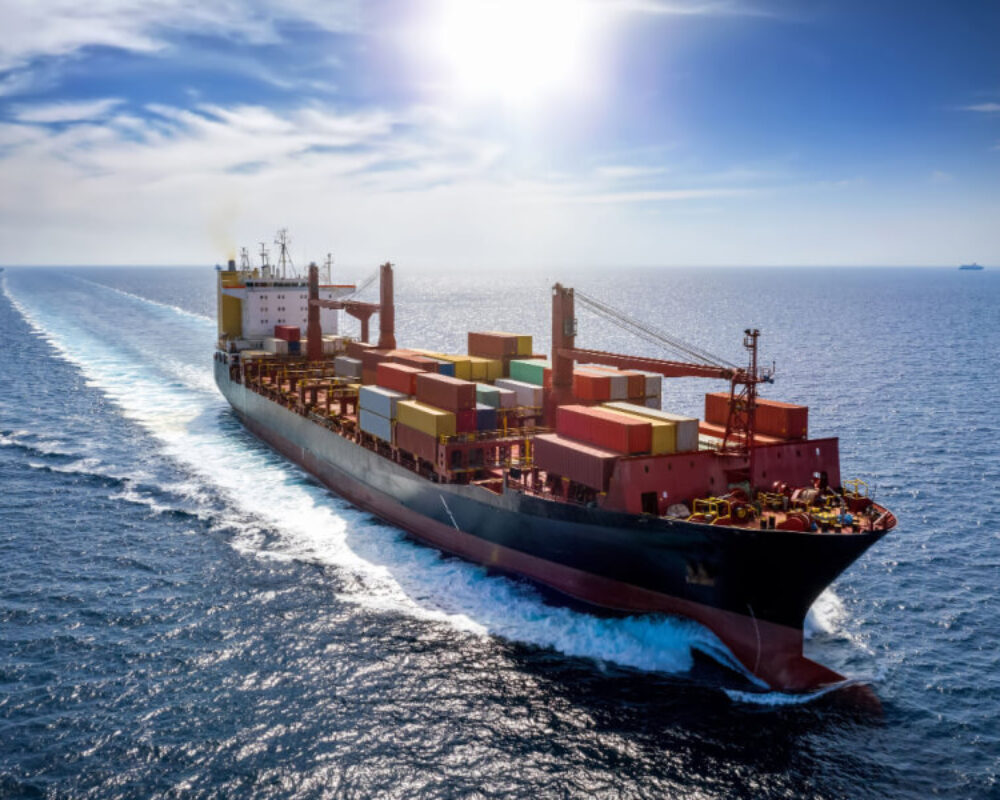Your Clear and Concise Guide
Whether you’re a seasoned veteran or just starting out on your international trade journey, there’s one thing we can all agree on – there is a lot of technical and industry-specific jargon. If you’re working alongside an experienced freight forwarding company, they will be able to advise on the meanings behind certain terms as and when they arise. However, we thought it useful to bring you our glossary guide, leading you through some of the more obscure terms so you have a better understanding of the world you’re about to step into.
Please note, the guide below is not exhaustive but covers the terms we deemed most relevant.
Aggregate shipment
When a carrier consolidates numerous shipments from different clients into a single shipment. This is commonly used to gain the best price, avoiding costly shipping surcharges.
Apparent good order
Once a delivery has arrived at the desired location, it is analysed for signs of damage. If it appears to be in good condition, it is deemed to be in ‘apparent good order’.
Backhaul
This refers to the return of a commercial freight vehicle back along the same route it originally took.
Balloon freight
Refers to cargo that has a low weight but a high volume. This normally means that the shipment is light but larger in size. Cargo such as this may require specific strapping or loading to minimise damage.
Bill of Lading
A legal document that acts as a receipt for a shipment that is issued by the carrier. We have written a blog post here explaining more about the Bill of Lading.
Block Stowage
The act of loading freight into a container as closely together as possible. The aim here is to minimise its movement during travel, reducing the risk of damage.
Broken Stowage
Refers to the empty space left in a container that has not been taken up by freight during a shipment.
Bulk Cargo
Some items can be shipped loose, such as foods or coal. These goods are generally known as bulk cargo and are not contained within packages or containers.
Cabotage
The act of transporting cargo or freight between 2 places in one country when the chosen vehicle is not registered in that country.
Cargo Manifest
This detailed document will include information about all of the cargo on a sea freight vessel which is used when arriving at, and attempting to pass through, customs in another country.
CCL: (Commerce Control List)
This list of items that have a dual purpose. It applies to items that can be used commercially and for military use. Each one has an ECCN number which determines whether a license is needed for import.
C-TPAT (Customs-Trade Partnership Against Terrorism)
This partnership helps to maintain a level of security. It is voluntary and, by abiding with the standards, freight is likely to be processed through customs quicker.
Customs Bonded Warehouse
These warehouses have been given approval by a country’s customs department to receive duty-free goods.
Customs Broker
This is a person or a business that is in place to help clients understand and abide by a country’s customs process.
COP (Customs of the port)
This overriding term covers all of a country’s international and local practices or regulations that can make an impact on any shipment.
Deconsolidation point
When dealing with an aggregate shipment, the deconsolidation point is where individual freight is separated out for distribution.
Demurrage
Most freight shipments will come with an ‘allowed free time’. This is the period of time given to clear goods. When this has been delayed due to actions of the client or shipper, the demurrage is a fee owed to the carrier.
Drawback
When goods are re-exported from a country that originally received import fees (for returns purposes, as an example), the drawback is the refund of these fees.
ECCN (Export Control Classification Numbers)
This globally acceptable system is used to identify dual-use items. These alphanumeric codes are used to determine whether or not an import license is needed.
Eminent domain
This is the right of a government to take possession of private property with the goal of using it for public use. There is a payment made in the form of compensation.
EIR (Equipment Interchange Receipt)
This is a document that is used when a container is being transferred, in ownership, between two carriers. It is also commonly used when a container is transferred between terminals too.
False Billing
This refers to the use of incorrect or misrepresented freight information on shipping documents. This is also known as fraud.
Force Majeure
Not solely used in marine law, force majeure is a clause used in contracts that frees two parties from obligation or responsibility in situations that they cannot control. This is normally accepted when events such as natural disasters or war occur.
Foreign Trade Zone
Known as a ‘free-trade zone’, a foreign trade zone is a dedicated port when freight can be stored while not being subjected to normal import regulations.
Freight Broker
This is the person who organises the movement of freight on behalf of a customer or business. They take care of all logistics, using their contact list of carriers to find the best deal.
Freight Forwarder
A dedicated company that organises the movement of freight on behalf of a customer or business. They specialize in LTL freight by using both internal and external carriers.
FTA (Free Trade Agreements)
Agreements between two countries that are in place to make freight movement easier and remove barriers.
FTL (Full Truck Load)
This refers to situations where a single shipment takes up an entire truck on it’s own. Here, the freight stays on the same truck for the entire journey, minimising the risk of damage. FTL shipments are also quicker as there are no additional stops along the route.
GVW (Gross Vehicle Weight)
After loading, the GVW is the total weight of the vehicle. It is used to determine safety.
HazMat
Refers to hazardous materials. These are products that pose a threat to the safety of others. Reasons for this are because they are poisonous, toxic, corrosive, explosive or flammable. There are specific legal documents required for these goods.
HS (Harmonized System)
Internationally recognised across the globe, this system is used to classify products. The end section of each code is specific to the country with the entire code used to determine rates and restrictions.
IMDG (International Maritime Dangerous Goods)
These regulations are in place to support the international movement of dangerous or hazardous goods. Established by IMO (International Maritime Organization).
Incoterms
Another universal coding system that helps to communicate information and risks. These refer to movements through international borders. Established by the ICC (International Chamber of Commerce), they establish things such as who has responsibility over a package during movement.
Intermodal
Refers to the movement of freight using more than one mode of transportation. This includes air, sea, rail or road. Intermodal containers are used across all forms of transport, minimising the risk of loss and damage.
IFM (Inwards foreign manifest)
This legal requirement records all of the freight that enters a specific country. It is used to determine import duty amounts.
LTL (Less-than-load)
The opposite to FTL, this refers to a shipment that is between 150lbs and 20,000lbs. Carriers used here generally mix cargo from a number of different customers together in one truckload.
Rate basis
These are the factors that determine what freight charges are applied.
SOLAS (Safety of Life at Sea Convention)
The standards set out to minimise the risk of loss of life at sea. For sea freight, this enforces the need to provide a verified weight of all goods before they are loaded.
Stevedore
The company that employs longshoremen and is responsible for organizing the loading of ships.
Transshipment
Applies to smaller shipments or LCL shipments, transshipment refers to the transfer of freight from one carrier to another.



